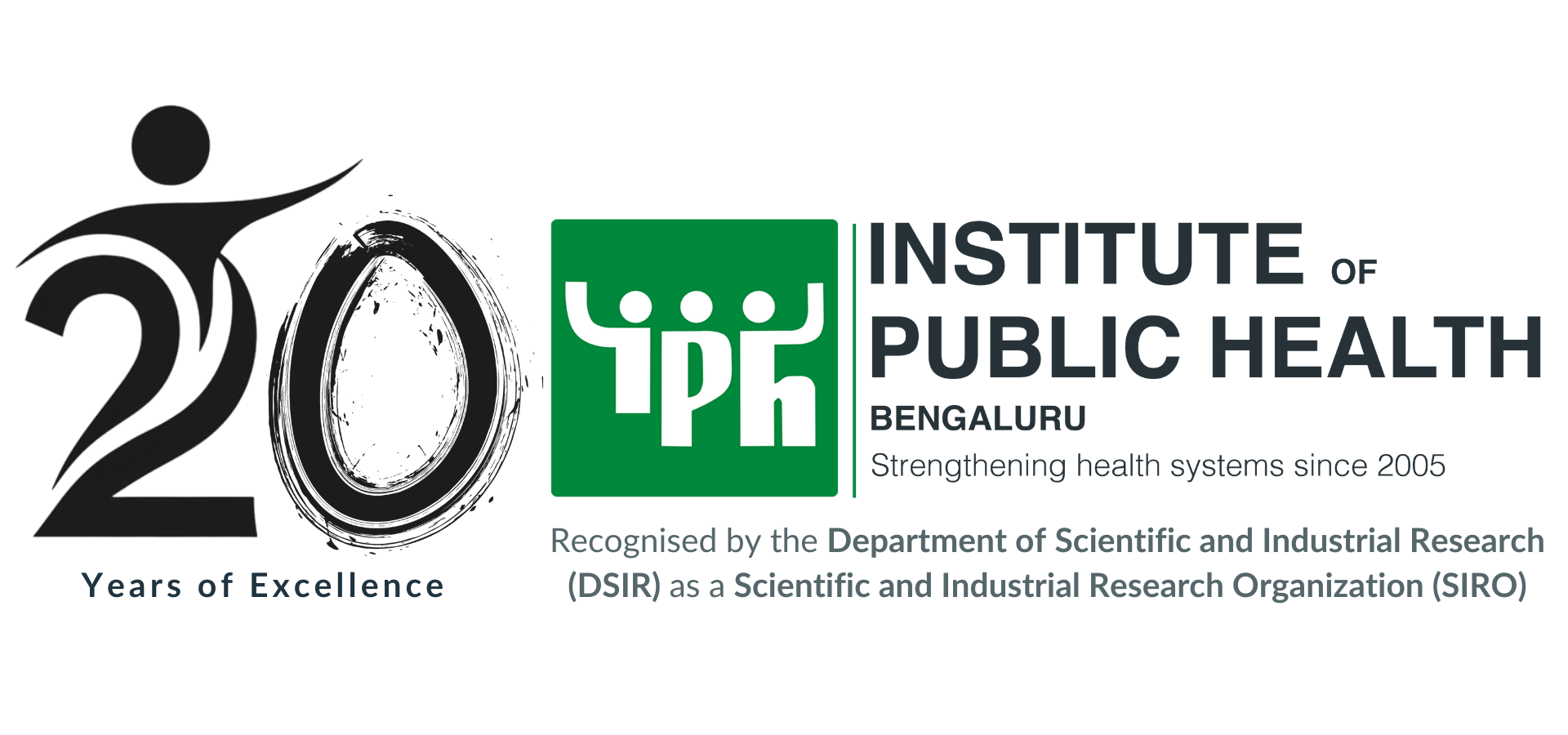Health system stewardship and regulation in Vietnam, India and China (HESVIC)
Background
India suffers from a high maternal mortality ratio despite having favourable policies and adequate resources. This study was undertaken to understand the role (‘lack’) of governance in tackling this problem.
Aims and Objectives
The project aimed to investigate stewardship and regulation as it relates to governance of health systems in policy and practice through a comparative study of three Asian countries – Vietnam, India and China. The project used maternal health care services as a case study of stewardship and regulation. The goal was to support policy decisions in the application and extension of principles of accessibility, affordability, equity and quality coverage of health care in the three countries.
Methods
HESVIC followed an exploratory, descriptive-interpretative qualitative study to examine how governance and regulations operate in everyday contexts and what effects they produce and why. HESVIC fell back on four main methodological tools running through both Phase 1 and Phase 2 a) document analysis of relevant published literature b) content analysis of regulations and related policy guidelines c) ethnographic field work through semi-structured interviews, Focus Group Discussions and observation of meetings and other events and d) document analysis of grey literature like Consumer Protection Act judgements, Maternal Death Audits, Government circulars and pamphlets, policy evaluation reports and workshop and conference reports. In addition, websites of ministries, organizations, professional medical associations were also visited frequently to situate their activities and contributions to the study of select regulations. Quantitative data from secondary sources (NFHS, DLHS, SRS) and compilation of data collected from sub-district hospitals, Primary Health Centres, state training institute was also collected and analyzed.
Key Findings
Indian public health standards were perceived to be very ambitious and were not implemented in the state of Karnataka. Accountability mechanisms to oversee this implementation were lacking.
Access to quality MTP services continues to be lacking despite India having one of the oldest and liberal acts in the world. The command and control approach of the MTP act and the non-availability of services as per the act leads women to seek care from the informal sector.
Consumer Protection Act (1986) excludes the voices of patients through different practices.
- Averting maternal deaths: Ensuring 24*7 emergency obstetric care. Health System Stewardship and Regulation in Vietnam, India and China (HESVIC). 2012
- Good Governance in Practice 2012
- Improving access to safe abortion services in rural Karnataka. Health System Stewardship and Regulation in Vietnam, India and China (HESVIC). 2012
- She was referred from one hospital to another’: evidence on emergency obstetric care in Karnataka, India 2012
- Interpreting the Medical Termination of Pregnancy Act by primary care providers in rural Karnataka: implications on safe abortion services. 2012
- HESVIC Project: India Country Report 2012
- European Commission
- Nuffield Centre for International Health and Development (NCIHD), University of Leeds, UK
- Hanoi School of Public Health (HSPH), Vietnam
- Fudan School of Public Health (FU), Fudan University, China
- Department of Public Health, Institute of Tropical Medicine (ITM), Belgium
- Social Development and Gender Equity, Royal Tropical Institute (KIT), Netherlands
Duration of project
2009
to
2012
Study team

N. Devadasan

Vijayshree H Y

Arima Mishra

Maya Annie Elias

Mamata Patil


